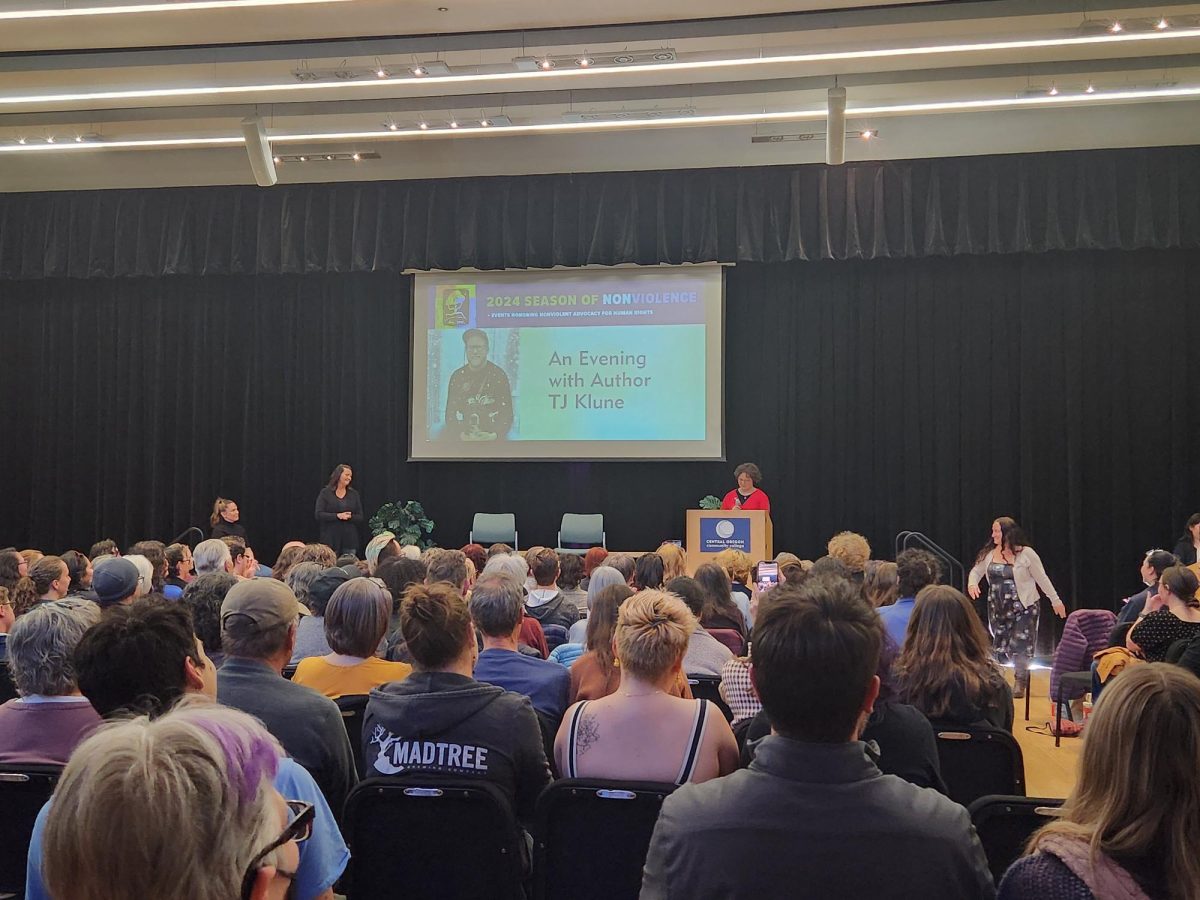
How many credits you take this year could determine whether or not you drop out next year.
Students who reach 15 credits by the end of their first year are much more likely to achieve diplomas or certificates, according to a study by national reform network Achieving the Dream.
Scott Greenstone
The Broadside
This statistic has come in different “iterations,” according to Alicia Moore, dean of student and enrollment services at Central Oregon Community College.
“If a student completes 15 credits and then 30 credits,” said Moore, “those are called ‘milestones.’ Some say 20 credits. Either way, you’re in that sweet spot.”
15 credits isn’t a lot to Mike Smith, interim CAP Center director at COCC.
“Students know themselves better than we do,” said Smith. “I think it’s better to have a student take it slowly and be successful than jump into a full time load and get all Cs.”
Smith believes Achieving the Dream’s statistic has to be taken with the realization that it’s assigning numbers to living, breathing students.
“That’s easy, unemotional, objective data,” said Smith. “[Success] is all based on momentum. If someone does 15 credits in fall term and then nothing winter and spring, they probably aren’t headed for success.”
COCC has taken many steps to ensure success for students, said Moore. COCC is one of the few Oregon colleges that has a mandatory advising requirement for every student, as well as mandatory placement testing and a mandatory orientation, according to Moore.
The college has also implemented an early alert system that lets advisors know when students are starting to fizzle out academically.
“We have peer tutoring from students who have already been in the class,” said Moore, “and can address the challenges associated with finishing.”
The Math Redesign in 2011 was another part of the college’s efforts to smooth the way for new students, according to Moore, as well as financial aid outreach every year.
“People are starting to say collectively, ‘what can we do to reach this point?’” said Moore.
(Contact: [email protected])










